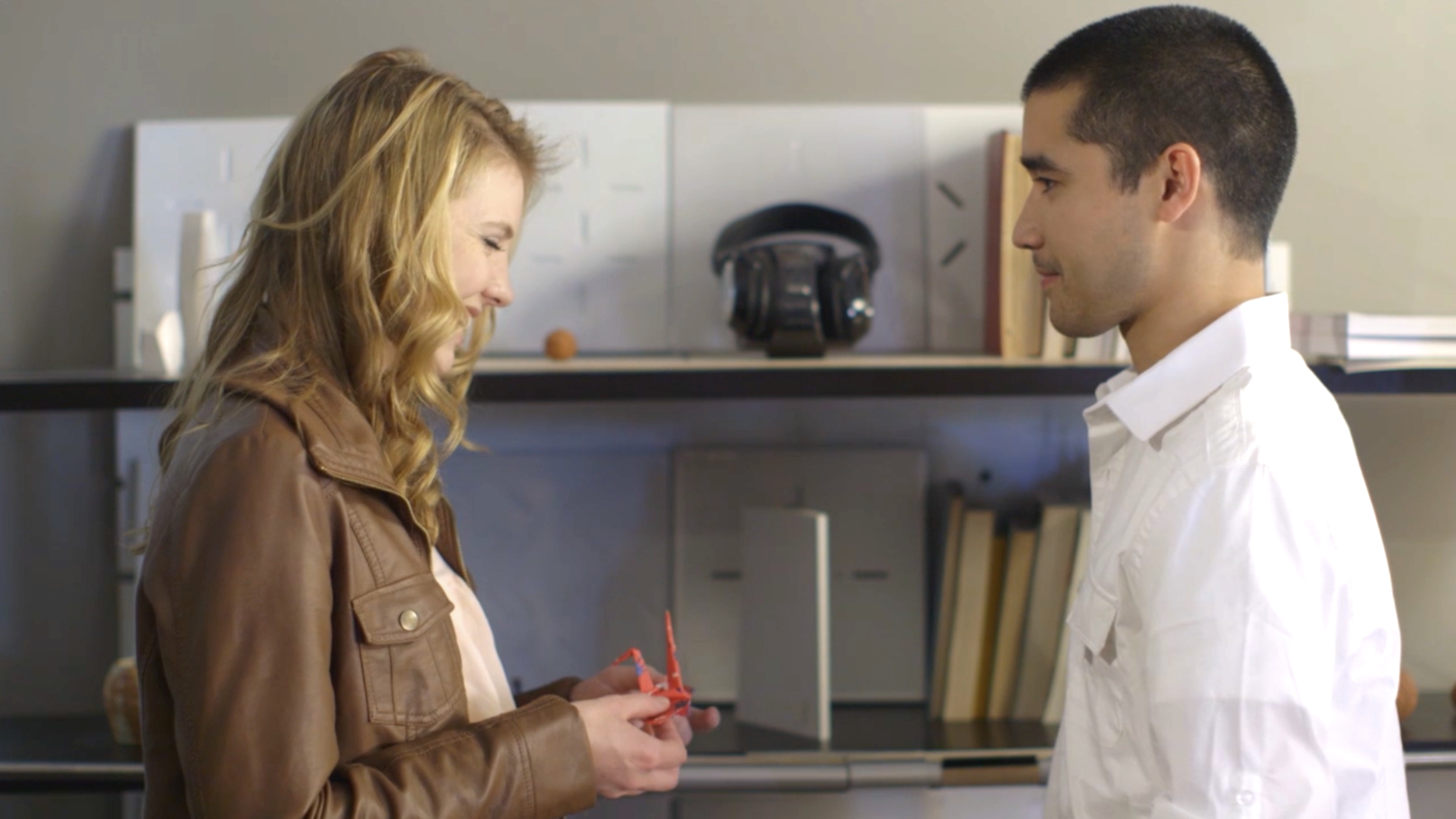

: Audil
: Audil
AUDIL Smart Home
AUDIL is a smart home that assists blind and visually impaired people in independent living. It integrates a series of auditory and tactile organization systems distributed throughout the smart home to support emotional and physical needs of inhabitants.
We live in a visual world and our connected world is increasingly defined by modalities of sight. Yet, over 6 million people in the US has a visual disability and nearly half have reported that they feel 'moderately' or completely' cut off from people and things around them. In collaboration with the Braille Institute, user research was conducted and key challenges faced by blind and visually impaired people were identified. Because blind users primarily rely on their sense of hearing, touch, memory and sometimes skills in echolocation to navigate the environment around them - organizational systems within the home is a particularly well suited and untapped opportunity for assistive technology intervention.
Tactile landmarks are embedded throughout the space on floors, walls, and discrete handle bars. These elements serves as a navigational landmark for blind and visually impaired users to note the relative location they are in from the rest of the space.
A system of Sound Shelves enable users to link objects with audio information. Users can record the name of the object or other specific information in association with it to ‘remember’ characteristics about it. Audio memories can be recorded or uploaded to specific positions on the shelf and played back. For practical applications, they can be used to remember where and what an object is - making it easier to find items like medication, food items, and documents. For experiential applications, they can be utilized as audio-tactile “picture frames” where found sounds, recorded conversations, songs, and ambient noises can be linked to sentimental, tactile objects.
Client: Braille Institute




